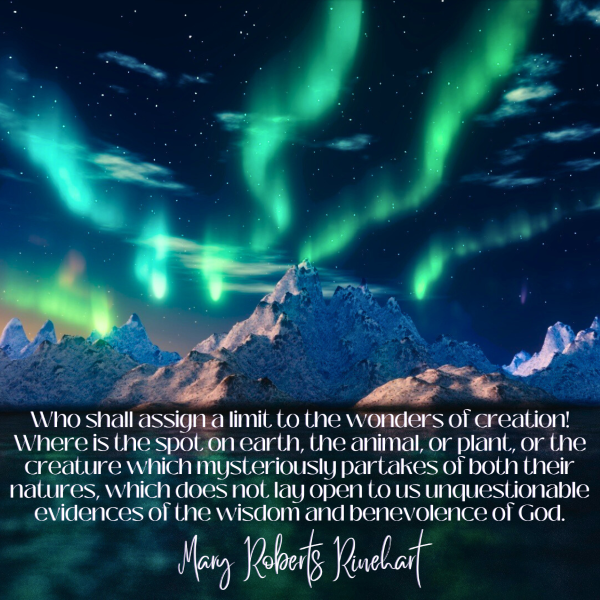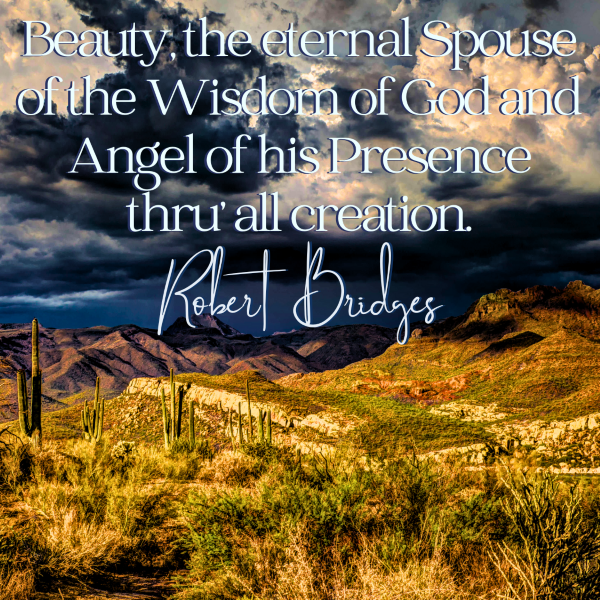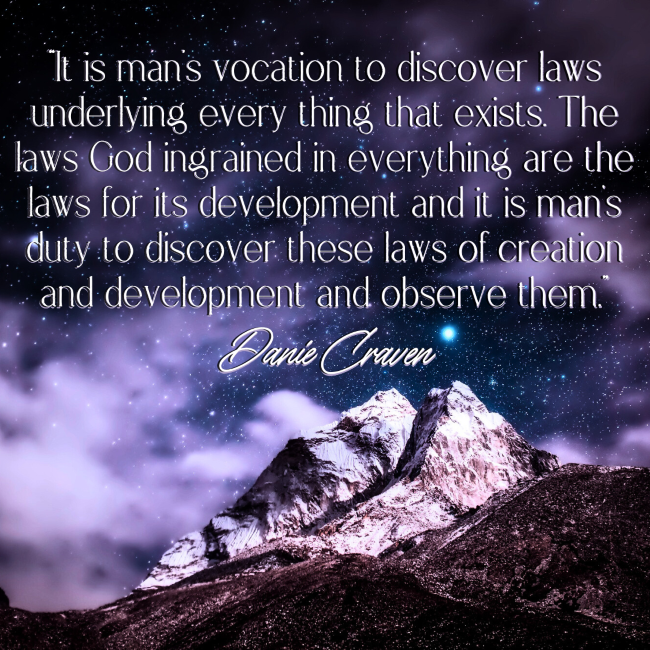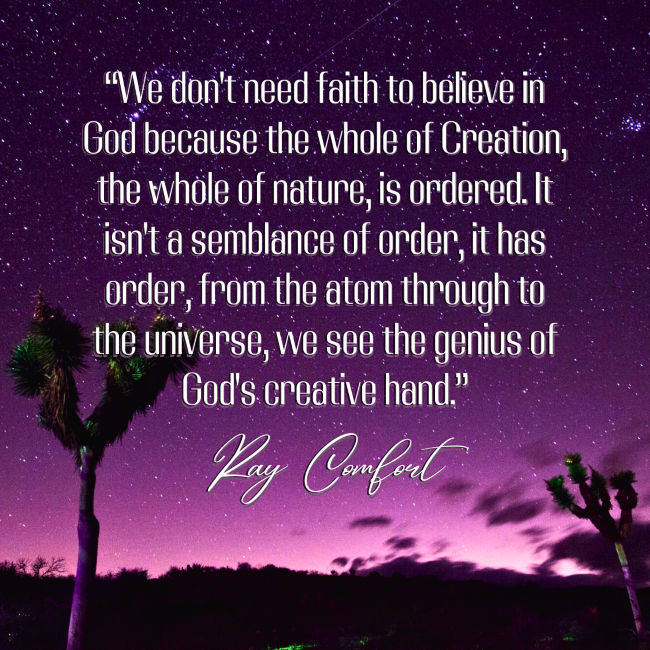The Beauty of Creation: Appreciation of God's Handiwork Part 4: The Roles of the Divine Co-Creators
The book of Genesis opens with the resounding declaration: In the beginning, God created the heavens and the earth (Genesis 1:1); establishing that through His will and omnipotent power, God is the Creator of all things. However, while the Old Testament primarily focuses on God as the Creator, the New Testament offers insights into Jesus' preexistence and contribution to the process behind creation. Together, their involvement highlights the orchestrated unity that brought about creation. As we explore their roles, we challenge you to consider both the origins of creation and the ongoing relationship between the Creator and His creation.
The Father
Unfolding His grand design, God's role in creation encompasses the full spectrum of celestial activity, from the initial act of creation to each subsequent act ranging from the separation of light and darkness to the formation of humanity to the ongoing maintenance and eventual climax of the universe.
His presence and authority over the land are unmistakable through His continuous involvement in upholding the natural order of life. From the moment of creation, God imbued the land with the capacity to support life, furnishing it with resources and ecosystems designed to meet the varying needs of all creatures. The intricate web of ecological relationships, from the symbiotic interactions between plants and animals to the delicate balance of predator and prey, unequivocally establishes His supremacy.
As portrayed in Proverbs 6:16-19: There are six things the Lord hates, seven that are detestable to him: haughty eyes, a lying tongue, hands that shed innocent blood, a heart that devises wicked schemes, feet that are quick to rush into evil, a false witness who pours out lies and a person who stirs up conflict in the community, His rule extends beyond physical formation, and is manifested through God exercising His sovereignty over the land through His moral and ethical guidance, establishing laws and ordinances that govern human conduct.
In addition, the Old and New Testaments reveal God’s motive to restore creation to its intended state of harmony and righteousness. His redemptive role is realized through covenants, promises, and ultimately through the life, death, and resurrection of Christ.
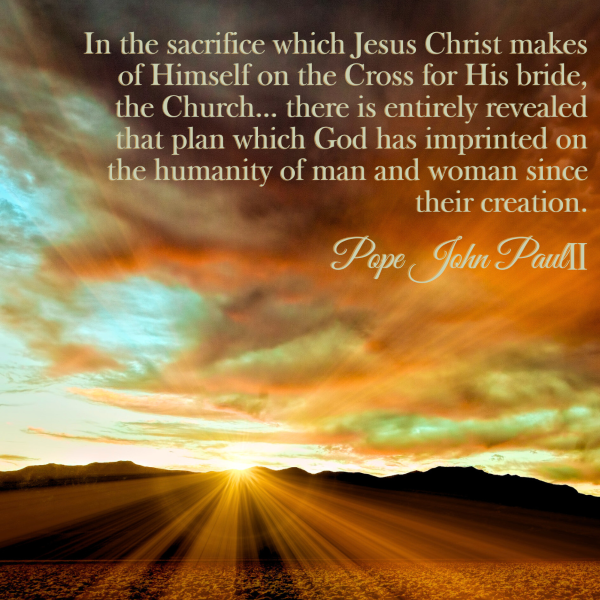
The Son
John 1:1-4 affirms Christ as an active agent in creation: In the beginning was the Word, and the Word was with God, and the Word was God. He was with God in the beginning. Through him all things were made; without him nothing was made that has been made. In him was life, and that life was the light of all mankind. Again Colossians 1:15-17 certifies: The Son is the image of the invisible God, the firstborn over all creation. For in him all things were created: things in heaven and on earth, visible and invisible, whether thrones or powers or rulers or authorities; all things have been created through him and for him. He is before all things, and in him all things hold together. Both passages articulate Christ’s participation in creation alongside the Father, with his presence permeating every aspect.It was through Christ that creation came into existence, and everything finds its origin and purpose in Him.
Just as John testifies, Christ’s role in creation is thoroughly intertwined with his identity as the Word made flesh. As the Word, Jesus is also the embodiment of revelation that bridges the gap between humanity, intrinsically linking Him to redemption. As the Messiah, His life, death, and resurrection are central to God's plan to reconcile creation with Himself. Throughout His earthly ministry, Christ taught, healed, and performed miracles; revealing God's character and intentions to humankind. Through His sacrificial death on the cross and succeeding resurrection, the restoration of the relationship between God and humanity becomes possible. Christ’s triumph over sin and death demonstrates mankind’s agency and, most importantly, offers the promise of rejuvenation and rebirth for all creation. Even more, it instills the concept that creation is a living and persistent process that is breathing today and forevermore; culminating in the utmost renewal of all things.

Joint Operation
Mirroring the description of the New Jerusalem, Revelation 21:23 sheds light upon the mutual foundation of creation: for the glory of God gives it light, and the Lamb is its lamp.
While distinct in their persons, working together in perfect harmony as co-creators to accomplish the plan of creation emphasizes the shared purpose and inseparable relationship between the Father and Son.

Final Thoughts
From the first moment of time to the ultimate fulfillment, the collaborative undertaking as creator, sustainer, guide, and redeemer underlines the breadth of the sacred development of creation. The unified relationship calls each of us to recognize the divine fingerprints in the world and welcomes us to participate in the ongoing story of creation and renewal.
-Torrance Church of Christ


